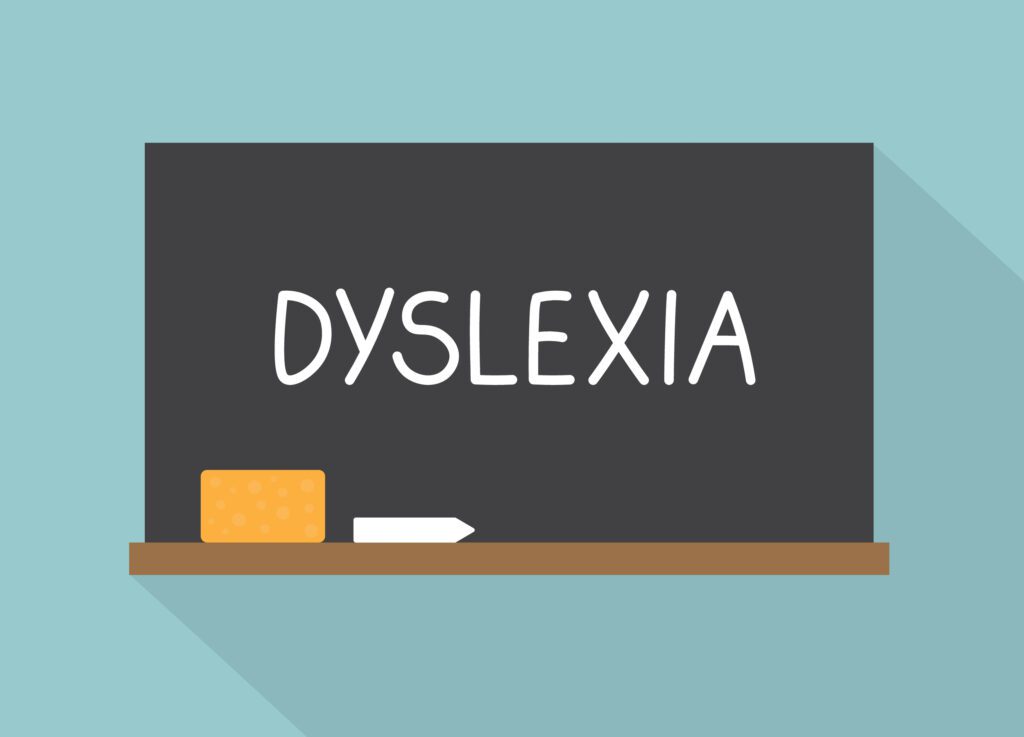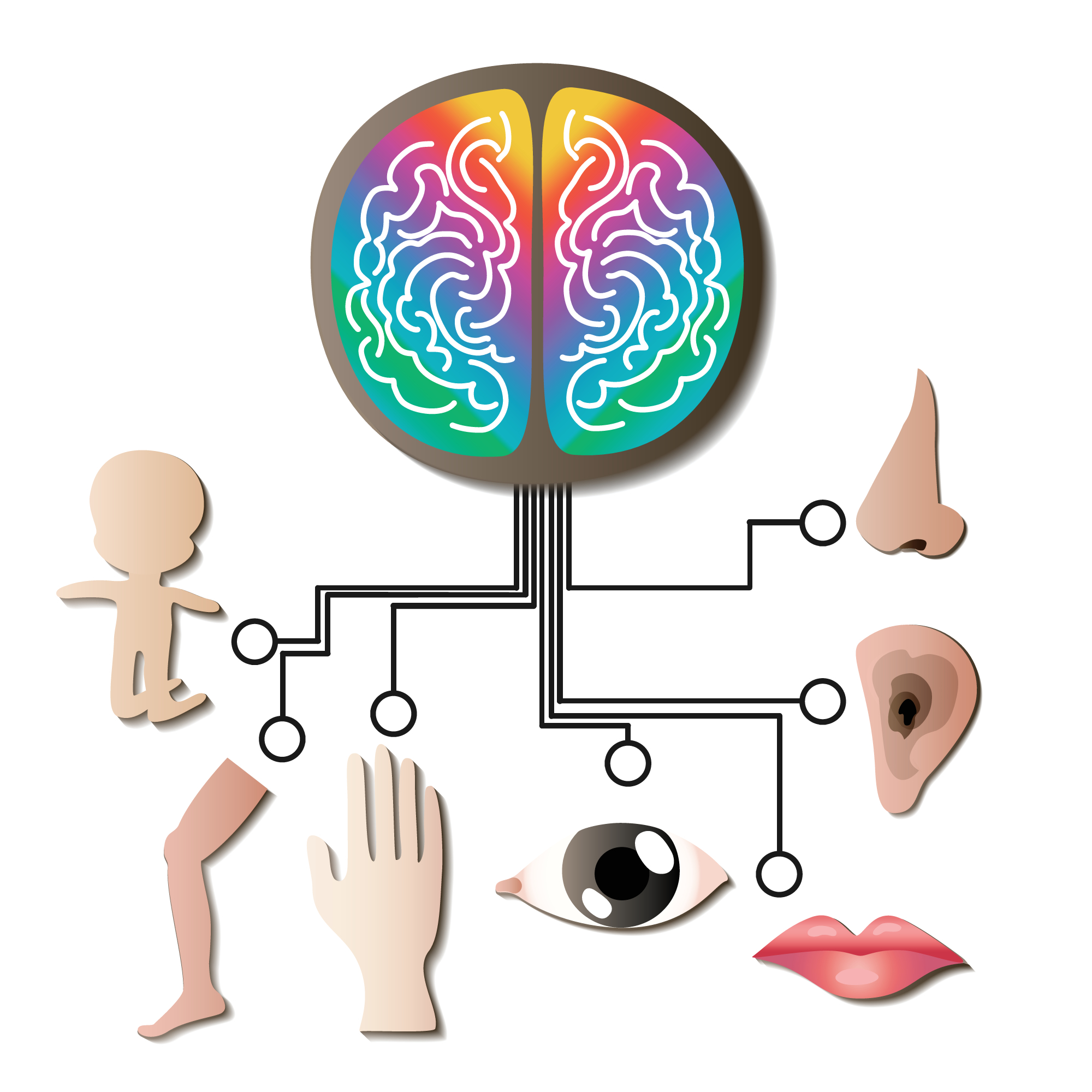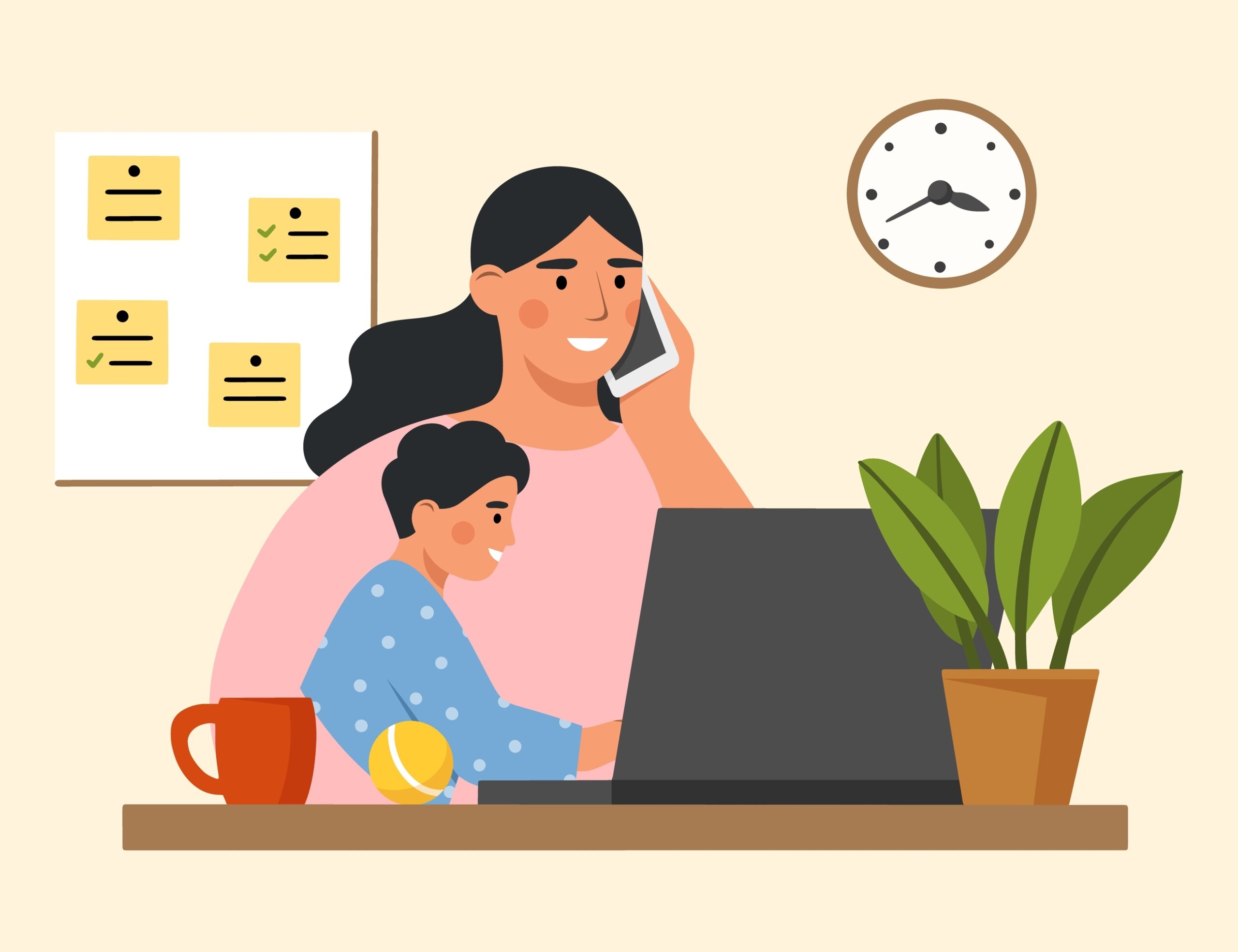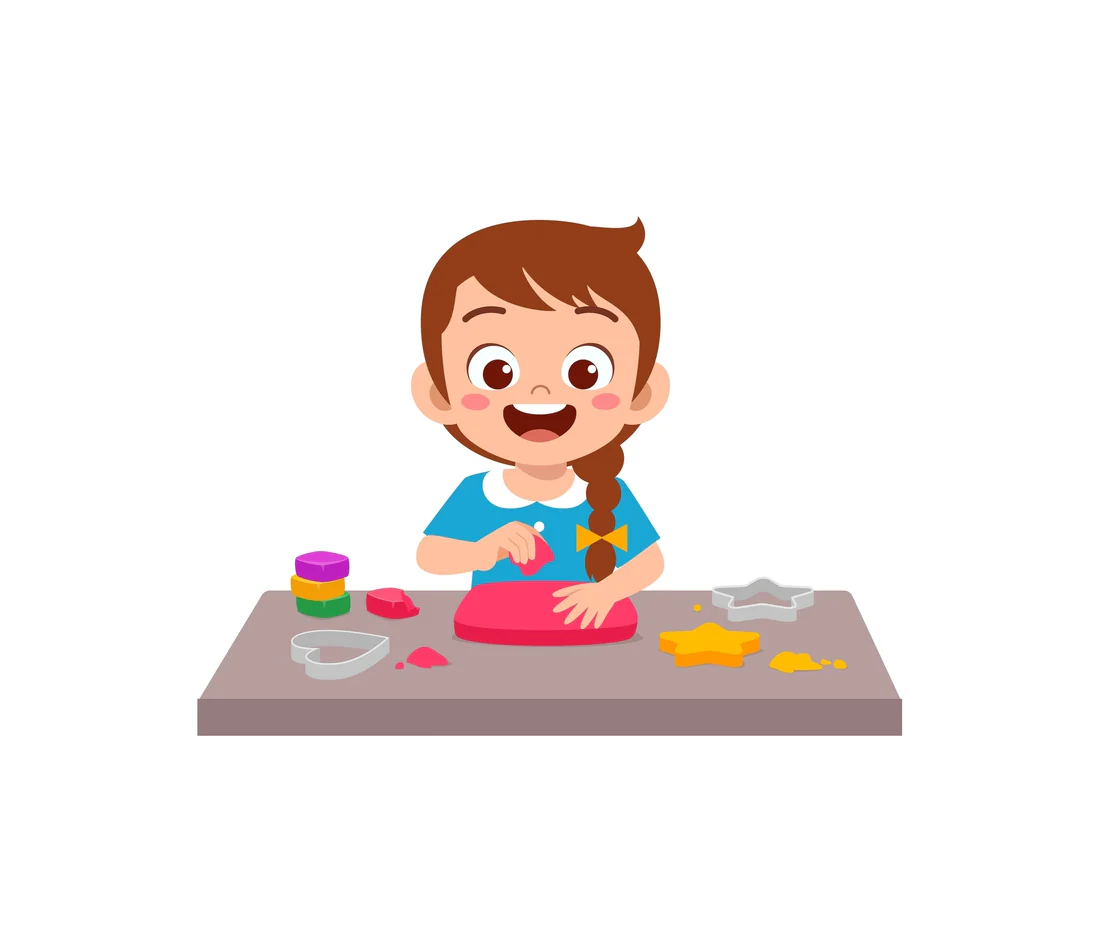
Blog
Dyslexia Support: Tools and Techniques for Parents
Author: DrSensory
March 26, 2025
Dyslexia Support: Tools and Techniques for Parents
Raising a child with dyslexia can feel overwhelming at times, but it’s important to remember that you are not alone. Dyslexia is one of the most common learning differences, affecting up to 20% of the population. With the right tools, techniques, and support, children with dyslexia can thrive academically, socially, and emotionally.
This guide, catered to parents, offers actionable strategies and valuable resources to empower your child and build their confidence—as well as yours—along the way.
Understanding Dyslexia
What is Dyslexia?
Dyslexia is a neurological condition that primarily affects reading, writing, and spelling skills. Contrary to common misconceptions, dyslexia is not linked to intelligence. Instead, it’s a difference in how the brain processes language. While it can present challenges in the classroom, many individuals with dyslexia develop remarkable problem-solving skills, creativity, and resilience.
Signs of Dyslexia in Children
Early identification is crucial for addressing dyslexia effectively. Here are some signs that may suggest your child is experiencing dyslexia-related difficulties:
- Preschool Age: Difficulty recognizing the alphabet, rhyming, or learning familiar words and names.
- Elementary School Age: Struggling with phonics, decoding words, slow reading, and frequent spelling errors.
- Middle and High School Age: Avoiding reading out loud, difficulty summarizing stories, and poor handwriting.
Every child is different, so even if your child doesn’t show typical signs, it’s worth exploring professional assessments if you sense a struggle.

How Parents Can Support Children with Dyslexia
1. Build a Positive Mindset
Children with dyslexia are often aware of their differences and may feel frustrated or discouraged. The best thing you can do as a parent is to foster a growth mindset. Remind your child that their challenges do not define them and that with practice and perseverance, they can achieve their goals.
- Encourage Effort Over Outcomes: Praise hard work and improvement rather than focusing solely on grades or achievements.
- Celebrate Strengths: Dyslexia often comes with enhanced abilities in areas like creativity, problem-solving, and empathy. Show your child that their talents are worth celebrating.
2. Collaborate with Teachers and Schools
Building a strong partnership with your child’s educators is pivotal. Collaboration helps ensure your child’s specific needs are met in the classroom.
- Request an Evaluation: Start by working with the school to arrange a formal evaluation. This can determine whether your child qualifies for services under an Individualized Education Program (IEP) or a 504 Plan.
- Advocate for Accommodations: Accommodations may include extended time on tests, access to audiobooks, letting them use a computer for written tasks, or seating them at the front of the class.
- Check in Regularly: Maintain open lines of communication with teachers to track your child’s progress and adjust strategies as needed.
3. Use Assistive Technology
Advances in technology have revolutionized the way dyslexia is supported. Assistive tools can help bridge the gap, making reading and writing more accessible.
- Audiobooks & Text-to-Speech Tools: Resources like Audible, Learning Ally, or tools like Kurzweil 3000 can read texts aloud to your child.
- Speech-to-Text Software: Dictation tools like Dragon NaturallySpeaking can help children get their ideas down without worrying about spelling mistakes.
- Phonics Apps: Apps like Nessy Learning and Reading Eggs teach foundational reading and spelling skills in an engaging and interactive format.
- Font Designed for Dyslexia: Tools like Dyslexie or OpenDyslexic feature fonts designed to make reading easier for children with dyslexia.
4. Create a Learning-Friendly Environment
A calming and organized space can make a world of difference for your child’s focus and confidence.
- Set Up a Quiet Study Area: Choose a space in your home where your child can complete homework or reading practice without constant distractions.
- Break Assignments Into Chunks: Encourage your child to focus on smaller, manageable tasks instead of tackling large projects all at once.
- Use Visual Aids: Posters, flashcards, charts, and other visuals can help your child process and retain information in a different way.
5. Employ Multisensory Techniques
Multisensory learning engages multiple senses (visual, auditory, kinesthetic, and tactile) to reinforce reading and writing skills. These techniques accommodate diverse learning styles while making lessons more engaging.
- Sand Writing: Have your child trace letters or words in a tray of sand or salt as they say each letter aloud.
- Move While Learning: Incorporate physical activities like jumping rope or walking while practicing spelling words.
- Letter Tiles: Manipulate movable letter tiles to build and break apart words, creating a hands-on approach to phonics.
6. Encourage Reading at Home
Although kids with dyslexia may avoid reading, cultivating a love for books in a low-pressure setting is essential.
- Offer High-Interest Reading Materials: Choose books or magazines that align with your child’s passions to make reading more enjoyable.
- Read Together: Read aloud to your child or alternate paragraphs to make it a shared activity.
- Use Audiobooks: Pair audiobooks with printed material so your child can follow along while listening.

Building a Support Network
Find Therapists and Specialists
Working with speech and language therapists, occupational therapists, or educational specialists is often integral to addressing dyslexia. Using DrSensory’s Clinic Directory and Therapist Database, you can locate trusted professionals in your area who specialize in dyslexia and other learning differences. These experts can provide customized interventions that target your child’s unique challenges.
Connect With Support Groups
Networking with other families can offer emotional support and practical advice. Online forums and local parent groups for dyslexia can connect you with others who understand your experiences. You’ll find that many parents share the same fears, victories, and determination.
Raise Awareness in Your Community
Educating extended family members, neighbors, and friends about dyslexia can encourage understanding and empathy. This is particularly important if others in your child’s life (like caregivers or coaches) interact with them regularly.

Moving Forward
Parenting a child with dyslexia is a unique and rewarding journey. While the challenges may be real, so are the opportunities to watch your child grow in strength, confidence, and ability.
At DrSensory, we understand that navigating these waters can feel like uncharted territory. That’s why we provide a wealth of resources for parents, including our Clinic Directory, Therapist Database, and helpful articles like this one.
Are you ready to take the next step? Browse our resources or connect with a trusted therapist through our directory and give your child the tools they need to thrive.
Together, we can ensure every child learns at their own pace and achieves their own definition of success.
related blogs
Your child is constantly moving, crashing into furniture, or having meltdowns in response to seemingly minor things like a loud
Your toddler refuses to wear certain clothes, has huge meltdowns in noisy places, or is an extremely picky eater, limited
Your child seems to miss verbal instructions, struggles to follow conversations in noisy environments, and often asks "what?" even when
On the surface, autism and Ehlers-Danlos syndrome (EDS) might seem like two entirely unrelated conditions. One is a neurodevelopmental condition
The intense head pain begins, lights feel blindingly bright, and every sound seems amplified to an unbearable level. You retreat











































































